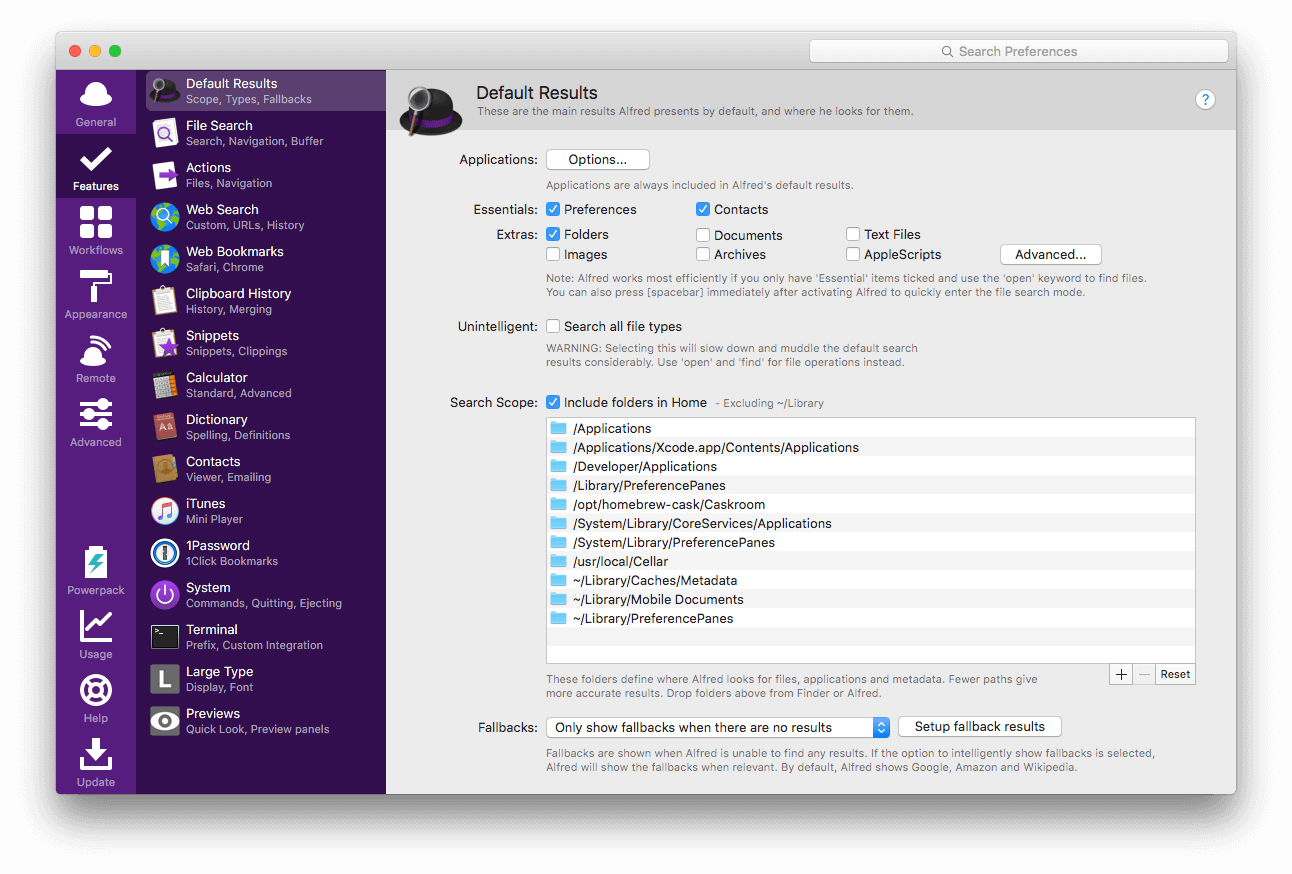
Homebrew-cask / Casks / 1password-cli.rb / Jump to. Code definitions. Code navigation index up-to-date Go to file Go to file T; Go to line L; Go to definition R; Copy path Copy permalink; reitermarkus 1password-cli: add livecheck. Latest commit d0ea35e Jan 10, 2021 History. Homebrew-cask/Casks/1password-cli.rb /Jump toCode definitions. Go to definition R. Reitermarkus 1password-cli: switch to `verified` parameter. Latest commit 0cfd4f1 16 days ago History. 29 contributors.
Install Homebrew
Paste that in a macOS Terminal or Linux shell prompt.
The script explains what it will do and then pauses before it does it. Read about other installation options.
What Does Homebrew Do?
Homebrew installs the stuff you need that Apple (or your Linux system) didn’t.
Homebrew installs packages to their own directory and then symlinks their files into
/usr/local.Homebrew won’t install files outside its prefix and you can place a Homebrew installation wherever you like.
It’s all Git and Ruby underneath, so hack away with the knowledge that you can easily revert your modifications and merge upstream updates.
Homebrew complements macOS (or your Linux system). Install your RubyGems with
gemand their dependencies withbrew.“To install, drag this icon…” no more. Homebrew Cask installs macOS apps, fonts and plugins and other non-open source software.
Donate to Homebrew
Homebrew Blog
Analytics Data
Homebrew was created by Max Howell. Website by Rémi Prévost, Mike McQuaid and Danielle Lalonde.
Since Homebrew 1.0.0 most Homebrew users (those who haven’t run a dev-cmd orset HOMEBREW_DEVELOPER=1 which is ~99.9% based on analytics data) require tagson the Homebrew/brew repositoryin order to get new versions of Homebrew. There are a few steps in making a newHomebrew release:
- Check the Homebrew/brew pull requests,issues,Homebrew/homebrew-core issues andHomebrew/discussions (forum) to see if there isanything pressing that needs to be fixed or merged before the next release.If so, fix and merge these changes.
- Ensure that no code changes have happened for at least a couple of hours (ideally 4 hours),at least one Homebrew/homebrew-core pull request CI job has completed successfully,checked the state of the Homebrew/brew
masterCI job (i.e. main jobs green or green after rerunning),and that you are confident there are no major regressions on the currentmaster,branch. - Run
brew releaseto create a new draft release. For major or minor version bumps,pass--majoror--minor, respectively. - Publish the draft release on GitHub.
If this is a major or minor release (e.g. X.0.0 or X.Y.0) then there are a few more steps:

- Before creating the tag you should delete any
odisabledcode, make anyodeprecatedcodeodisabled, uncomment any# odeprecatedcode and addany newodeprecationsthat are desired. - Write up a release notes blog post to https://brew.she.g. brew.sh#319.This should use the output from
brew release [--major|--minor]as input buthave the wording adjusted to be more human readable and explain not just what has changed but why. - When the release has shipped and the blog post has been merged, tweet theblog post as the @MacHomebrew Twitter accountor tweet it yourself and retweet it with the @MacHomebrew Twitter account(credentials are in 1Password).
- Consider whether to submit it to other sources e.g. Hacker News, Reddit.
- Pros: gets a wider reach and user feedback
- Cons: negative comments are common and people take this as a chance to complain about Homebrew (regardless of their usage)
Homebrew 1password Download
Please do not manually create a release based on older commits on the master branch.It’s very hard to judge whether these have been sufficiently tested by users or if they willcause negative side-effects with the current state of Homebrew/homebrew-core.If a new branch is needed ASAP but there are things on master that cannot be released yet(e.g. new deprecations and you want to make a patch release) then revert the relevant PRs,follow the process above and then revert the reverted PRs to reapply them on master.
